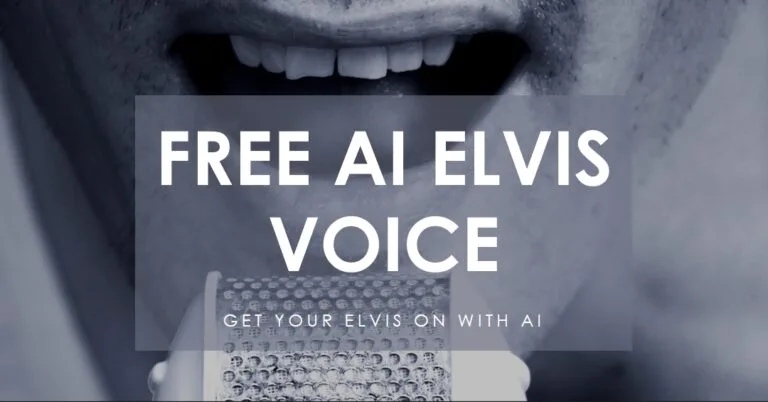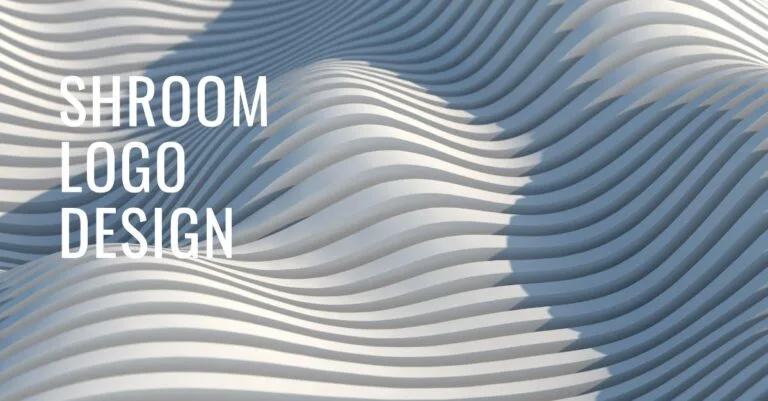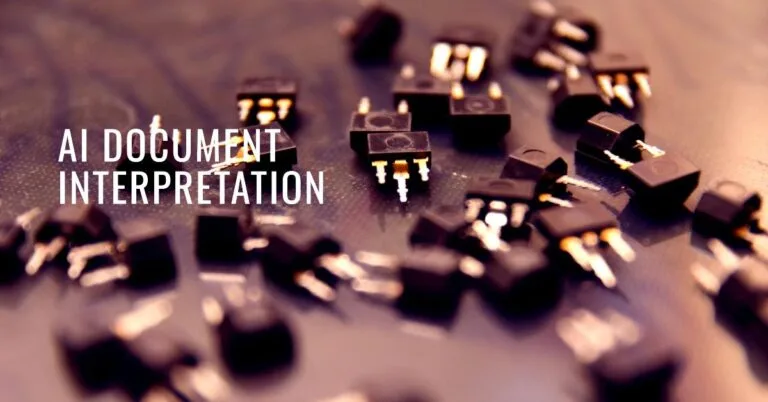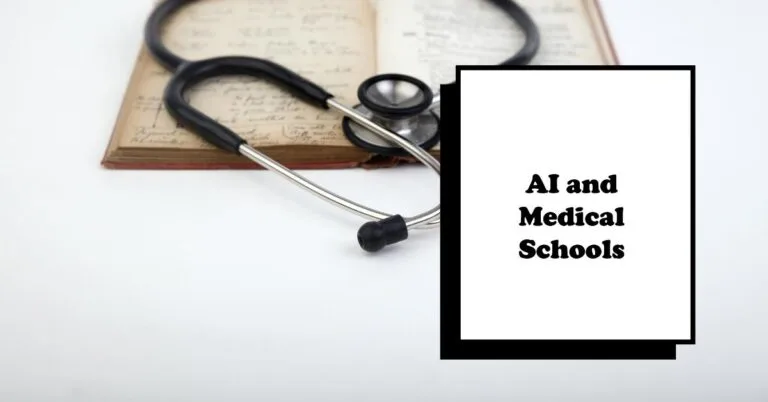
How Augmented Reality Vein Finders Are Revolutionizing Blood Draws
Suppose you’ve ever had a blood draw. In that case, you know the scenario all too well: the technician searching for a suitable vein, the occasional fumbling, and multiple pricks, leaving you feeling anxious and perhaps a little bruised.
But what if there was a way to streamline this process, making it quicker and more comfortable for everyone involved? Enter Augmented Reality Vein Finders, a cutting-edge technology that’s transforming phlebotomy (the art of drawing blood).
What is an Augmented Reality Vein Finder?
An augmented reality vein finder is a handheld device that utilizes near-infrared light technology to project a real-time image of a patient’s veins directly onto their skin’s surface. This image is superimposed through an AR headset or a built-in display on the device itself.
Here’s a deeper dive into how it works:
- Near-infrared light: The device emits near-infrared light, which is invisible to the naked eye but readily absorbed by hemoglobin, the protein in red blood cells.
- Vein visualization: Since veins contain more blood than surrounding tissue, they absorb more near-infrared light, appearing darker in the projected image.
- AR overlay: This information is then processed and overlaid onto the patient’s skin through the AR system, highlighting the location and depth of suitable veins for blood draw.
How Does Augmented Reality Vein Finders?
Augmented reality (AR) vein finders work like a digital treasure map for veins, guiding healthcare professionals to the right spot for a blood draw on the first try. Here’s a breakdown of the process:
- Near-Infrared Light Emission: The device emits near-infrared light, invisible to the human eye. This light has a special property: it’s readily absorbed by hemoglobin, the protein in red blood cells found in abundance within veins.
- Vein Visualization: Since veins contain more blood than surrounding tissue, they absorb more of the near-infrared light. This translates to them appearing darker in the image captured by the device.
- Image Processing and Overlay: The captured image is then processed by the device’s software. This processed image highlights the location and depth of the veins.
- Projection Through AR System: There are two ways healthcare professionals can see this information:
- AR Headset: In some models, the processed image is projected onto a special AR headset worn by the technician. This superimposes the vein map onto the patient’s skin in real-time, allowing the technician to see the veins directly on the patient’s arm.
- Built-in Display: Other models have a built-in display on the device itself. The processed image is displayed on this screen, showing the technician the vein map without the need for a separate headset.
Benefits of Augmented Reality Vein Finders
For Patients:
- Reduced anxiety and discomfort: By guiding healthcare professionals to the right vein on the first try, AR vein finders can significantly reduce the number of pricks and the associated anxiety often experienced during blood draws. Imagine a world where the fear of multiple attempts and failed sticks becomes a thing of the past!
- Faster procedures: With the vein readily visible, blood draws can be completed quicker and more efficiently, minimizing wait times and discomfort. This is particularly beneficial for busy individuals or those who experience heightened anxiety in medical settings.
- Improved accuracy: AR vein finders can help locate deeper or smaller veins that might be difficult to visualize with the naked eye. This leads to more accurate blood draws, minimizing the need for multiple attempts and ensuring the integrity of the blood sample for diagnostic purposes.
For Healthcare Professionals:
- Enhanced efficiency: AR vein finders streamline the blood draw process, allowing healthcare professionals to complete procedures faster and see more patients. This translates to improved clinic workflow and reduced wait times for everyone.
- Reduced complications: Precise vein identification minimizes the risk of accidental puncture of arteries or nerves, leading to fewer complications. This not only improves patient safety but also reduces the need for additional procedures to rectify complications.
- Improved patient outcomes: A smoother and less stressful blood draw experience can lead to better patient satisfaction and improved overall healthcare outcomes. When patients feel less anxious and experience a more efficient procedure, it fosters a more positive association with medical care.
Real-Life Example: The AccuVein Advantage
AccuVein is a leading manufacturer of AR vein finder technology. Their handheld device projects a green light pattern onto the patient’s skin, highlighting the underlying veins. Studies have shown that using AccuVein can increase first-stick success rates for blood draws by up to 3.5 times, particularly in challenging cases like obese patients or children with smaller veins. This translates to a significant improvement in both patient and healthcare professional experiences.
Exploring the Wider Applications of AR Vein Finders
The potential applications of AR vein finder technology extend far beyond routine blood draws. Here are some exciting possibilities on the horizon:
- IV therapy: Locating suitable veins for intravenous (IV) therapy can be challenging, especially for dehydrated patients or those with fragile veins. AR vein finders can assist in identifying the most appropriate vein for needle insertion, leading to faster and more efficient IV placements.
- Peripheral artery disease (PAD) diagnosis: PAD is a condition characterized by narrowed arteries in the legs. Augmented Reality Vein Finder can be used to visualize blood flow patterns in the extremities, aiding in the diagnosis and monitoring of PAD.
- Cosmetic procedures: AR vein finders can be a valuable tool in cosmetic procedures like botox injections or fillers. By visualizing underlying veins, practitioners can minimize the risk of accidental blood vessel puncture and ensure safe and precise needle placement.
The Future of Augmented Reality Vein Finders
AR vein finder technology is still evolving, but the potential applications are vast. Here are some exciting possibilities that could shape the future of phlebotomy and medical imaging:
- Integration with electronic medical records (EMRs): AR vein finders could be linked to patient EMRs, allowing healthcare professionals to access a patient’s vein history and preferred draw sites. This personalized approach could further improve efficiency and patient comfort. Imagine a scenario where the technician walks in, already aware of your vein preferences based on past blood draws, making the entire process even smoother.
- Advanced vein mapping: Future iterations might create detailed 3D maps of a patient’s vascular system. This would provide a more comprehensive picture of complex procedures like central line placements, which involve inserting a catheter into a large vein near the heart. This level of detail could significantly improve procedural accuracy and safety.
- Telemedicine integration: AR vein finders could be used in conjunction with telemedicine platforms. This would allow remote healthcare professionals to guide on-site personnel during blood draws, particularly in rural areas or situations where phlebotomists are scarce. Imagine a specialist in a central location guiding a nurse practitioner in a remote clinic through a challenging blood draw, ensuring proper technique and vein access.
Addressing Potential Concerns and Ensuring Widespread Adoption
While AR vein finder technology holds immense promise, there are a few potential concerns to address for its widespread adoption:
- Cost: The initial investment cost of AR vein finders might be a barrier for some healthcare facilities. However, as the technology matures and production scales up, the cost is expected to decrease, making it more accessible.
- Training: Healthcare professionals need proper training on using AR vein finders effectively. This includes understanding the technology’s capabilities, limitations, and proper interpretation of the vein maps generated by the device.
- Data privacy: Since AR vein finders involve capturing patient data, ensuring data security and privacy is crucial. Robust data protection protocols and adherence to HIPAA regulations are essential to build trust and encourage widespread adoption.
The Road Ahead: A Brighter Future for Blood Draws
The future of blood draws is undoubtedly brighter with the integration of AR vein finder technology. Imagine a world where blood draws are:
- Quick and efficient: No more waiting around for the technician to locate a suitable vein.
- Painless and stress-free: Fewer pricks and a more comfortable experience for patients.
- Precise and accurate: First-stick success and reliable blood samples for accurate diagnoses.
Augmented Reality Vein Finder represents a significant leap forward in phlebotomy, not just for patient comfort but also for improved healthcare outcomes. As the technology continues to develop and integrate with other advancements in healthcare, we can expect a future where blood draws are a streamlined and stress-free experience for everyone involved.
Taking Charge of Your Healthcare: What You Can Do
If you’re interested in experiencing the benefits of AR vein finders, here are some steps you can take:
- Ask your healthcare provider: Inquire about the availability of AR vein finders at your doctor’s office or laboratory.
- Advocate for the technology: If your healthcare provider doesn’t currently use AR vein finders, you can express your interest in having access to this technology.
- Stay informed: Keep yourself updated on the latest advancements in AR vein finder technology and its potential benefits.
By being an informed patient and advocating for innovative solutions, you can play a role in shaping the future of phlebotomy and ensuring a more comfortable and efficient blood draw experience.
In Conclusion
Augmented Reality Vein Finder is revolutionizing blood draws, offering a glimpse into a future of faster, more accurate, and less stressful procedures. As the technology evolves and integrates with other healthcare advancements, we can expect even greater benefits for both patients and healthcare professionals. So, the next time you need a blood draw, remember, there’s a chance you might experience the magic of seeing through skin thanks to AR vein finders.





2 thoughts on “How Augmented Reality Vein Finders Are Revolutionizing Blood Draws”